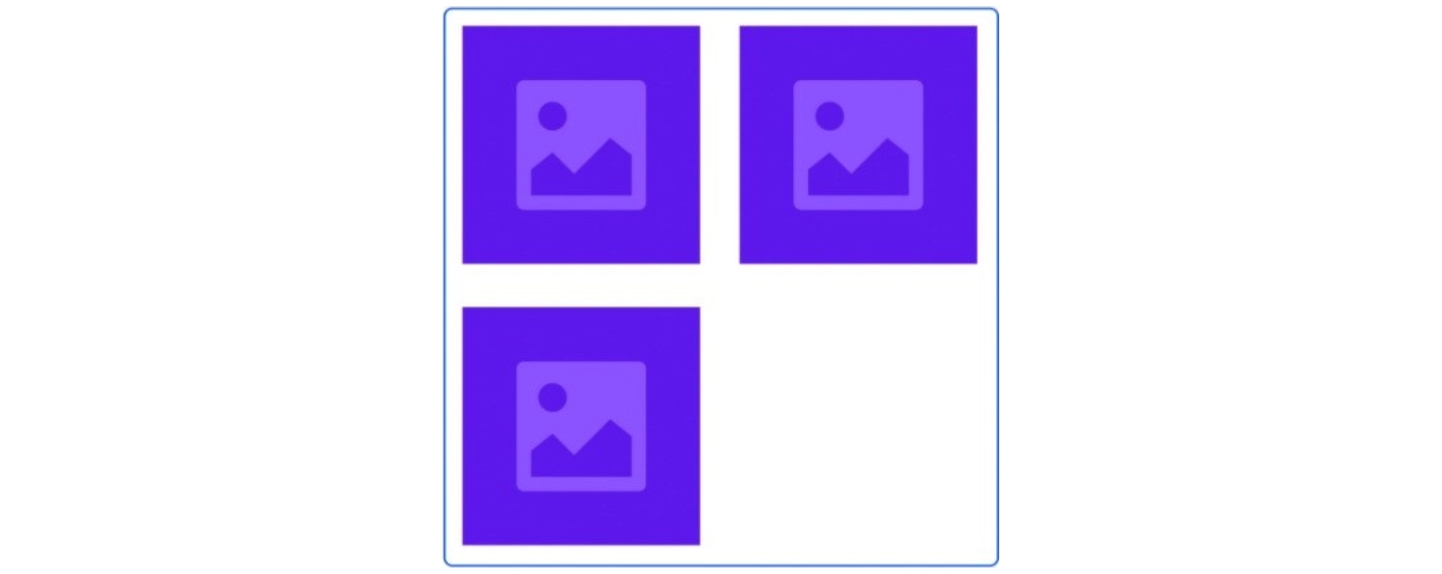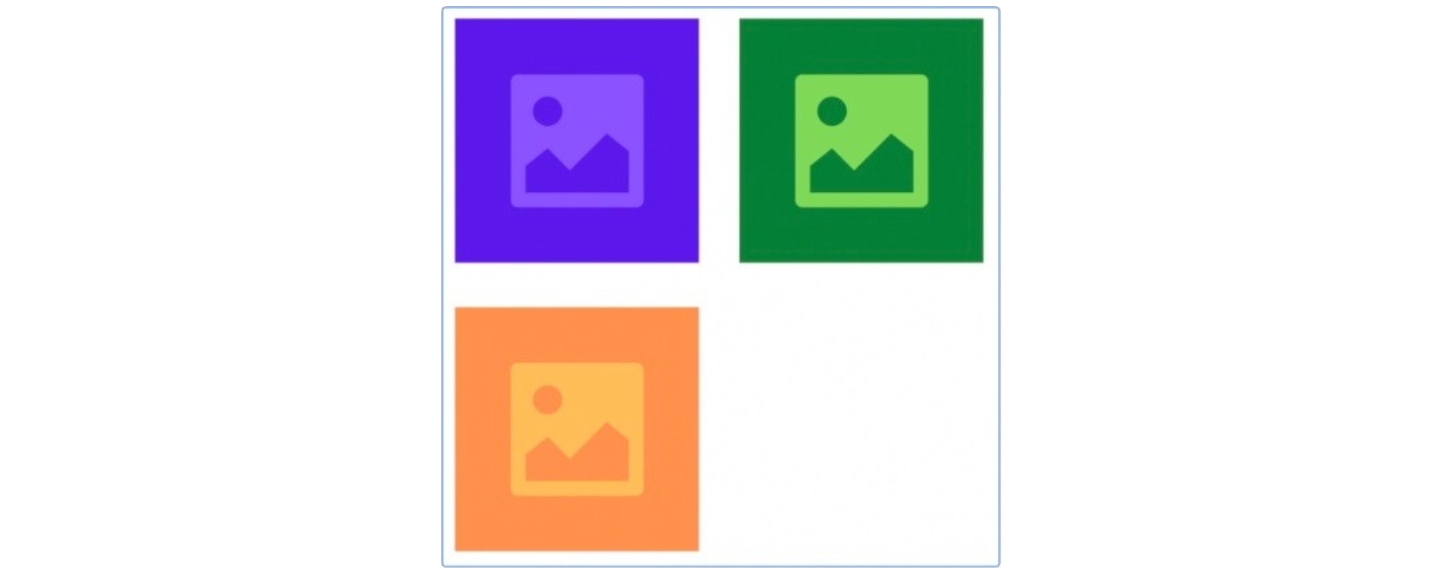Protocol
Overview of the EXA Market protocol.
Empowering users
The EXA Market protocol introduces a new range of possibilities for peer-to-peer trading on the Algorand network.
The protocol allows users to:
Trade both NFTs and fungible tokens
Unlike Ethereum where NFTs use ERC721/ERC1155 standards and fungible tokens use the ERC20 standard, Algorand assets share the same standard called ASA (Algorand Standard Assets). This gives the ability to natively support a wide range of operations without any extra layer.
Exchange up to 4 assets* at once (bundle of assets)
Up to 4 assets can be bundled for sales at the moment.
For instance: a user could sell (ASA 1 + ASA 2 + ASA 3 + 100 ALGO) for (ASA 4).
Important to point out that the 4 assets limit could be extended in the future according to market needs.
Sell NFT for any type of assets
Users are not just limited to the native ALGO payment token, any type of ASA can be used as a payment method thus enabling NFT to NFT trades by design.
Make offers
Negotiate with any user for both NFTs and fungible tokens.
Perform standard sales, auctions and multi-mints.
Sales types
As mentioned in the last section standard sales, auctions and multi-mints can be performed.
Standard sales
Baskets* are sold for a fixed price specified by the seller. This sale can be made public (to the market) or private (to a specific user) and can have start and end listing dates.
Auctions
Normal auction – Potential buyers bid in an auction in order to claim the assets in the basket, and the highest bidder wins.
Reverse/dutch auction – The price of a basket is reduced according to the progression of time.
Multi-mints
A basket containing a supply of a single asset type, where different buyers can purchase portions of the supply available.
Creator fees
The Creator sets its fee (up to 15%) globally on-chain using its Creator Address. That means that all assets created by this address will be governed by this fee. In addition to earning royalties in ALGO, Creators could also earn royalties over time in the following currencies, if they have opted-in the assets. Here is the list of assets that the protocol currently supports as means of payment:
ALGO
N/A
USDC
USDT
gALGO
goBTC
goETH
goUSD
AKTA
xUSD
PEPE
COOP
mALGO
GORA
EURS
COSG
Finite
BLOOM
META
SILVER$
GOLD$
Listing of a single asset
Let’s say Creator has created 10 NFTs with Creator Address and sets its royalty to 8%. All of these NFTs will have a 8% royalty attached to them, meaning that 8% of the listing price will be paid to Creator whenever a sale occur.

Case study 1
Seller lists an NFT from Creator for 100 ALGO.

Buyer purchases the NFT:
8 ALGO goes to Creator
1.99 ALGO goes to Platform fee
90.01 ALGO goes to Seller
Case study 2
Seller lists an NFT from Creator for 200 USDC.

Buyer purchases the NFT:
16 USDC goes to Creator
3.98 USDC goes to Platform fee
180.02 USDC goes to Seller
Note that if the Creator has not opted-in USDC, the royalties will be sent to the Platform fee address. This is applicable for any ASA (USDC, USDT, gALGO, goBTC, goETH…etc).
Listing of a bundle of assets
The EXA protocol allows users to create bundles of up to 4 assets but how do the royalties are computed? Especially for bundles with assets from different Creators? Let’s find out in this section. The royalties are computed according to the following formula:
is the total royalties a Buyer will pay to the Creators
is the price of the listing
is the number of assets with a Creator fee set (> 0%)
is the royalty of asset of index i
Case study 1
Seller lists a bundle of 3 NFTs from Creator for 100 ALGO. Creator has 5% royalties set.

Buyer purchases the NFT:
5 ALGO goes to Creator
1.99 ALGO goes to Platform fee
93.01 ALGO goes to Seller
Case study 2
Seller lists a bundle of 3 NFTs from Creator1, Creator2, and Creator3 for 100 ALGO.
Creator1 has 9% royalties set. Creator2 has 4% royalties set. Creator3 has 8% royalties set.

Buyer purchases the NFT:
7 ALGO in royalties goes to the Creators (Creator1, Creator2, and Creator3)
3 ALGO goes to Creator1
1.33 ALGO goes to Creator2
2.66 ALGO goes to Creator3
1.99 ALGO goes to Platform fee
91.01 ALGO goes to Seller
Case study 3
Seller lists a bundle of 3 NFTs from Creator1, Creator2, and Creator3 for 100 ALGO.
Creator1 has 9% royalties set. Creator2 has 4% royalties set. Creator3 has 0% royalties set.

Buyer purchases the NFT:
6.5 ALGO in royalties goes to the Creators (Creator1, and Creator2)
4.5 ALGO goes to Creator1
2 ALGO goes to Creator2
0 ALGO goes to Creator3
1.99 ALGO goes to Platform fee
91.51 ALGO goes to Seller
Markets
Primary
Standard sales, Auctions, Multi-mints
3.99%
Secondary
Standard sales, Auctions
1.99%
Algorand inheritance
Being built on Algorand, the protocol natively inherits essential features such as:
Low gas fee
Network fees cost less than a penny. This limits the risk of paying more fees than the value of the asset itself, opening the doors to new users and use cases.
Low carbon footprint
Its Pure Proof of Stake (PPoS) consensus algorithm makes Algorand a sustainable blockchain with very low power consumption in contrast to other chains. In addition to that it offsets its additional carbon footprint with environment-focused organizations (more details provided here).
Low block confirmation time
It takes less than 3 seconds for a transaction to get validated.
Last updated